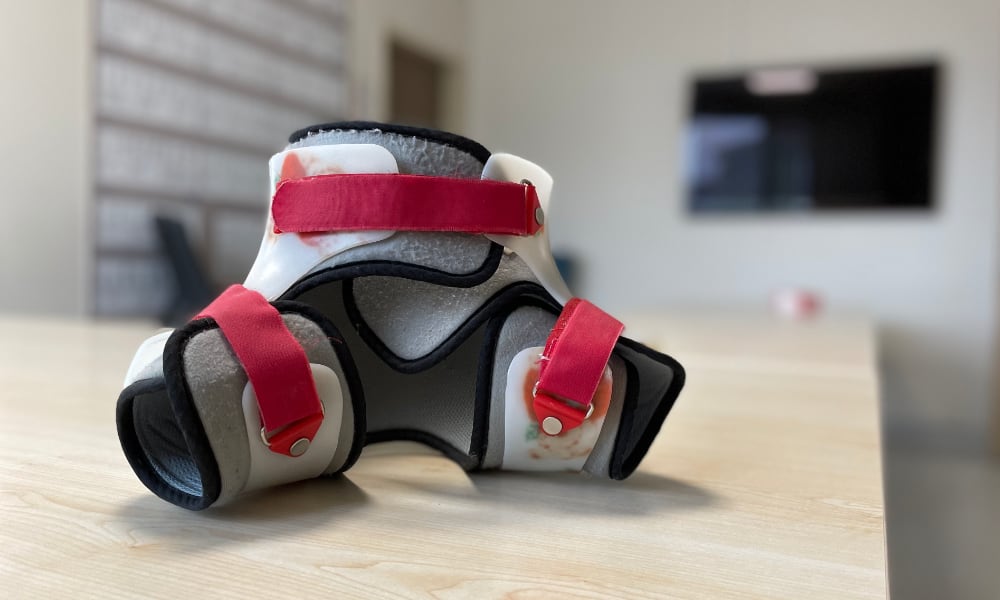CONGENITAL HIP DISLOCATION – Developmental Hip Dysplasia
Definition
A manifestation due to incoordination of the hip during the developmental period of the children. It used to be defined as Congenital Hip Dislocation(CHD) but today it is called as Developmental Hip Dysplasia(DHD) because the authorities declare that there won’t be any congenital hip dislocation at birth and the dislocation would develop due to pathologic developments by the time. The incoordination on hip joint may be present in 3 different ways:
- Dislocation (total dislocation): There is no connection between the surfaces of the hip joint.
- Subluxation (partial dislocation): The connection between the joint surfaces are limited.
- Dysplasia(inproper development): Underdevelopment of acetabulum, which constitutes the socket structure of hip joint.
The prevalance: Approximately 1 in 1000 live births.
How is the disease affected?
- DHD, is a progressive manifestation, which causes changes on the anatomic components by the time and may lead to dislocation starting with dysplasia. The anatomic changes in the process is progressive.
- Intra uterine problems during pregnancy and particularly swathing after birth may frequently cause hip dysplasia.
Diagnosis:
Early diagnosis has vital importance. The diagnosis, particularly in neonatal period is important to initiate the treatment in early period and to avoid the sequelas. General practitioners and pediatricians have significant responsibilities in the early diagnosis. Family history and birth type must be questioned at first. Presence of DHD in the family members, breech birth and swathing are the warning information. The final diagnosis is through physical examination and imaging methods. Parents must take the infants to paediatrician visits for hip examination in neonatal period and ultrasonography must be performed if the symptoms are suspected.
Treatment:
Immediate treatment is initiated after the diagnosis. The treatment varies according to the patient age. 0-6 months is the golden period for the treatment of hip dislocation and developmental hip dysplasia.The chance of sequela-free treatment is about 100% with the use of simple bandages. Therefore; at least once hip examination by an orthopedician is recommended in this period
However, the treatment is harder in 6-18 months, success rate is still high. Surgery may be performed using closed or open reduction under anesthesia. The success rate is high.
1.5 years and older ages
This period is the most unfortunate period for children with hip dislocation. Treatment is quite hard and various problems may be encountered. Even if the procedures are performed, the children may have various problems, which may cause discomfort all through life. They will also need treatment in this period. If they are not treated, the children may have a tough life and they may need external additional support in their activities.

